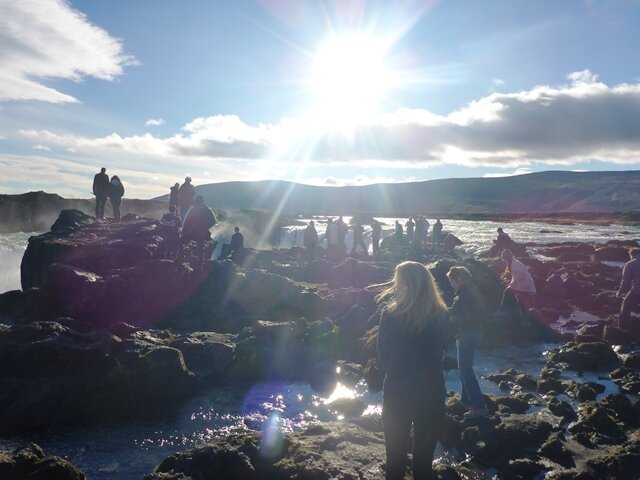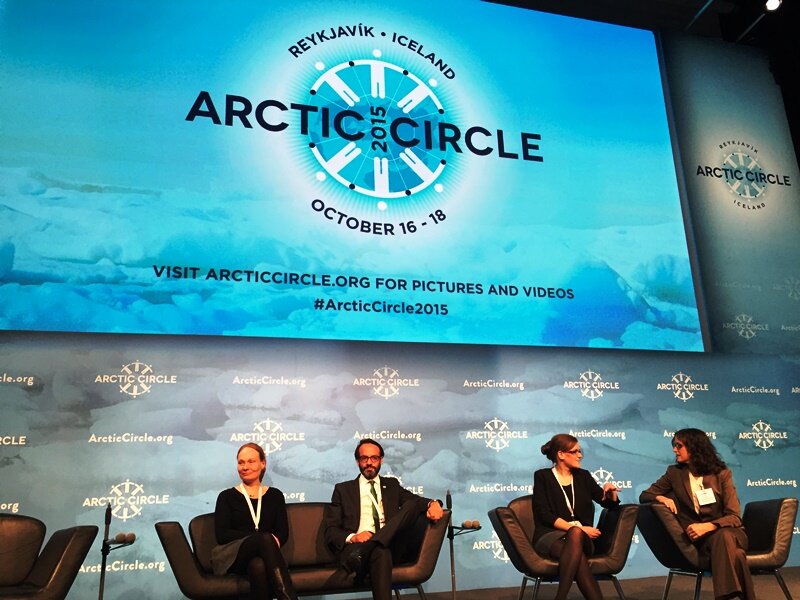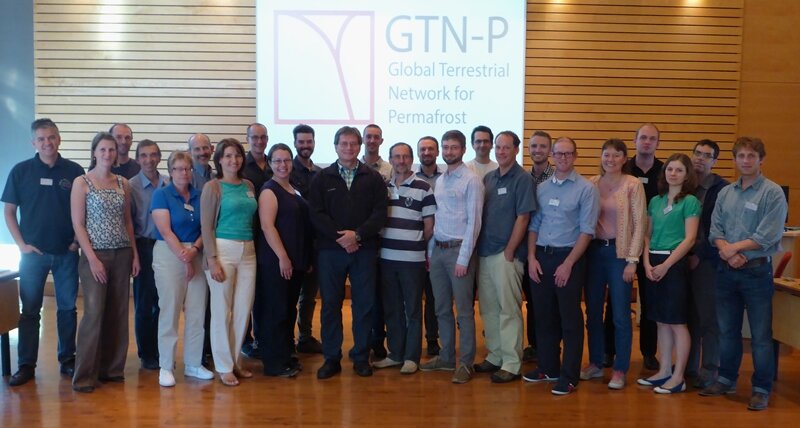Blog Yukon Coast 2012: Our trip's objective
Saturday, August 4, 2012
Our trip's objective is to answer a series of questions related to the past and future directions of coastal and climatic evolution of the Yukon coast. Everyone in our team is looking at it from different points of view and we hope to enhance our knowledge and see that our research leads to a better understanding of the past, present and future of the region.
Juliane is focusing on climate reconstruction using information recorded in the sedimentary record; in other words looking at pollen that is deposited at the bottom of arctic lakes. Juliane spends her time taking sediment cores and familiarizing herself with plants characteristic of the area.
Steffi is interested in characterizing and quantifying the amount of carbon released from coastal thermokarst features, while Boris is interested in what happens to sediments and carbon in the nearshore.
George and Micha are sampling massive ground ice and ice wedges at different locations along the coast for isotope geochemistry. These analyses will hopefully say something about the climate history.
Jared is using high accuracy GPS measurement to document thaw slump headwall retreat, and also to survey the dynamic shoreline of Herschel Spit.
In addition Michael Krautblatter and Michael Angelopoulos are using geophysical methods, such as ground penetrating radar and electrical resistivity, to gain insights into subsurface permafrost dynamics. Dave is our man for everything. He is really good at constructing the necessary equipment, like the sides can mount he built together with Boris, or fitting Steffi's flume with sensors. He is also not afraid of washing the dishes, but his best skill is keeping us all in a good mood. Wayne and Hugues are managing the fieldwork and support us with their knowledge and experience acquired over many field expeditions.
Stefanie

















